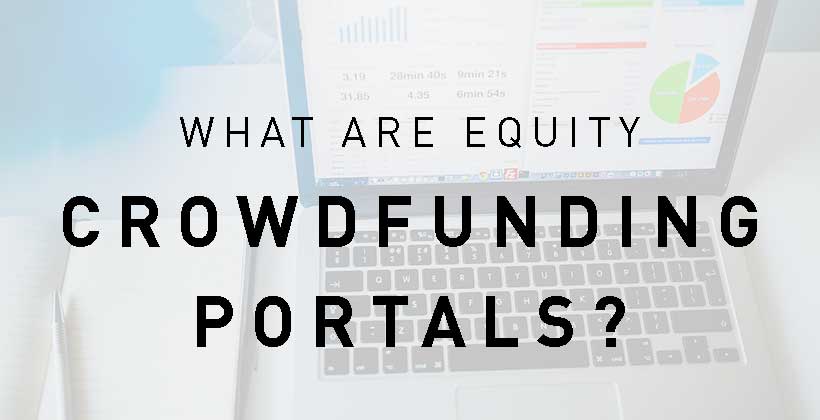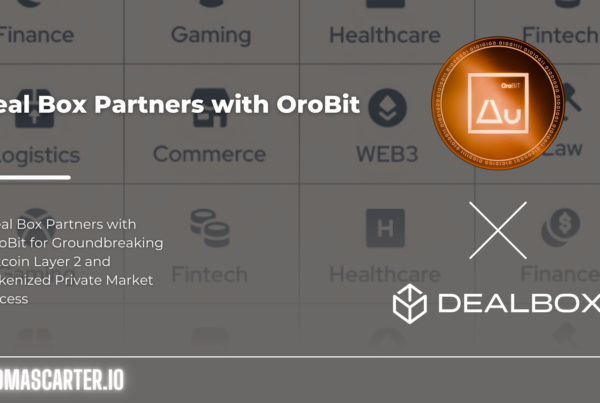
Equity crowdfunding allows entrepreneurs to reach investors interested in purchasing partial ownership interests in their startups or privately-held small businesses – all in a transparent, accountable way.
Let’s review some of the different components that make equity crowdfunding work so efficiently:
What Are Equity Crowdfunding Portals?
Equity crowdfunding portals are essentially online middlemen through which entrepreneurs seeking capital and investors meet. However, quality portals also do screening and vetting beforehand – both of businesses they list and their investor pool – to ensure the best partners and opportunities available and legal requirements are met.
Once they meet the portals’ standards, entrepreneurs provide financial statements and investment via these platforms. Investors can browse through a virtual catalog of listed opportunities before ultimately deciding which investments they’d like to make.
Operating through an equity crowdfunding portal maximizes entrepreneurs’ exposure to capital and saves everyone involved a lot of time because they don’t have to travel around doing individual pitches.
Requirements for Issuing Companies
Before issuing equity via a crowdfunding portal, companies must meet financial and legal requirements to satisfy regulatory agencies and potential investors.
A key component of this is up to date financial information. This typically means hiring an outside accounting firm to prepare statements covering the past few years. However, some first-time issuers and businesses seeking less than $500,000 won’t have to have their statements audited under U.S. law, which can save a good deal of money.
Once the accounting side is handled, the next step is hiring a securities lawyer to draft a shareholders agreement. This document explains how your company will operate after your equity offering, as well as which rights shareholders will have. Attorneys also prepare offering documents and subscription agreements through which investors purchase their shares.
Instead of hiring these professional services piecemeal, some companies, like our parent company Capital Services Group, offer a one-stop solution for financial and regulatory compliance, as well as listing and packaging on the portals to make your opportunity as attractive as possible. These solutions are ideal because they take a holistic, long-term approach to ensure funding success.
Once you have financial and regulatory requirements taken care of, you’ll want to publicize your offering, often by linking to the investment opportunity on your website and issuing press releases. Finally, there’s the matter of choosing and listing your opportunity on a crowdfunding portal.
Requirements for Investors
In the United States, as of December 2015, equity crowdfunding is currently legal only for “accredited investors.”
In the eyes of the law, accredited investors are deemed sufficiently wealthy to make riskier investments than the average person. The following people qualify as accredited investors:
People with an annual income exceeding $200,000,
People with at least $1 million net worth, or
Entities with over $5 million in assets.
However, President Obama signed a law in 2012 (the U.S. JOBS Act), which allows for public solicitation in private securities offerings. This law made equity crowdfunding legal for unaccredited investors as well.
The SEC went through a prolonged rule-writing process to figure out how to manage these regulations. On October 30, 2015, the SEC finally adopted rules that will allow unaccredited investors to buy shares of private companies via equity crowdfunding.
Because the SEC rules will take effect in early 2016, the crowdfunded equity market is poised to see a huge influx of new investors and opportunities moving forward.



